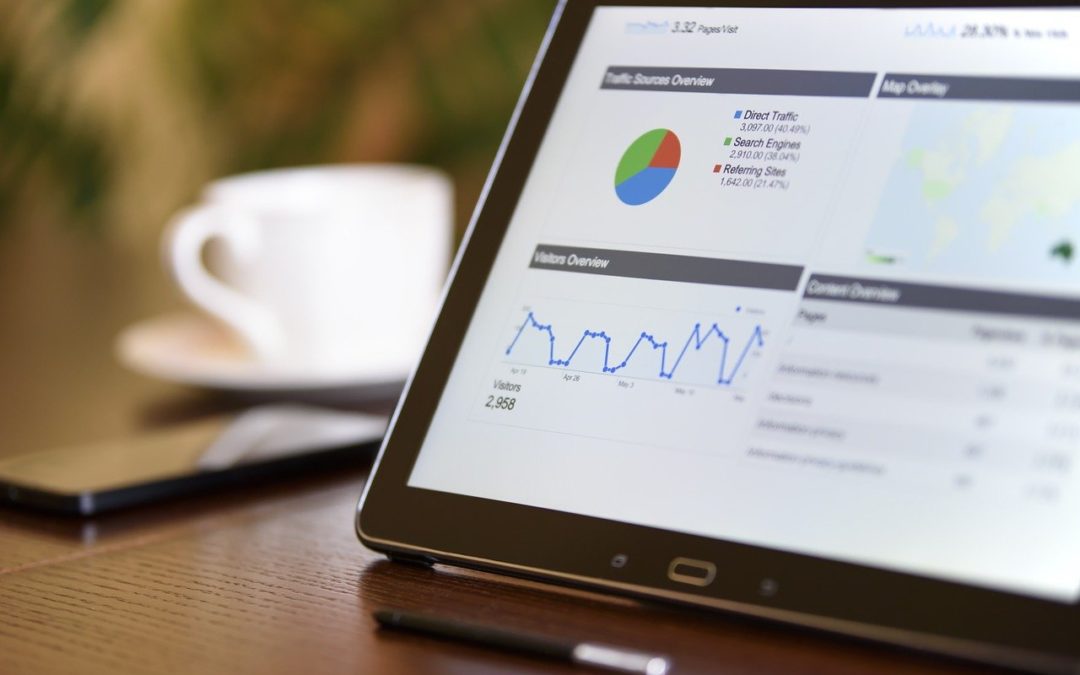
4 Free Ways to Start Exploring Marketing Data
One of the most challenging aspects of learning more about data analysis as a marketer is access to data.
Here are 4 free and accessible ways to start exploring data for marketing.
(This is a slightly longer version of a LinkedIn post. Check it out to see what others had to add.)
1. Google Analytics Demo account
Use this to: Get familiar with the platform and learn more about using it to its fullest.
You’ll need: A Google account, and knowledge of Google analytics metrics and dimensions.
If you’re just getting started Google also has free courses and tons of documentation about using Google Analytics.
Good to know: This set is for an eCommerce site, so it’s good to understand that different types of websites will have different onsite goals and measurements.
Trying to apply e-commerce principles to a B2B website for a company
with with a long sales cycle is not realistic and tends to lead to more short-term focused strategies.
How to find it: Search “Google Analytics Demo Account” Should be the first result, or click the header above.
2. The Cyclistic Bikeshare sample Dataset
Use this to: Practice advanced data analysis on a robust dataset.
This data set is great to use because since it’s included in a Google course you can not only find a guide to help, you can also search for other people’s work after you’re done, and compare notes.
The challenge of the project is to make marketing recommendations from user data.
You’ll need: Beginner-intermediate knowledge of SQL, R, or Python to work on this one.
You will also need data visualization skills and familiarity with Tableau Public or another easily accessible data viz platform.
Good to know: If you’re a beginner at marketing and/or data analysis, you may want to take the full course.
If you’re familiar with analyzing marketing data and you’ve presented recommendations before, you can probably skip a lot of the course, but it’s good to get a full-picture view.
How to find it: You can locate the files for this data by checking out the Google Professional Data Analytics certificate course on Coursera.
The course is available to audit for free, but you can pay if you want to gain the certification.
If you want to see what I created with the data, check out my GitHub.
3. Kaggle
Use this to: Find datasets to play with to either work on some more basics skills, such as using SQL, R, or Python.
You can also explore others’ work to find ideas for projects to build on your own from data you find on Kaggle.
You’ll need: A Kaggle account and access to the tools for the programming language you want to use.
Good to know: You can also explore others’ work to find ideas for projects to build on your own from data you find on Kaggle. This is a community
How to find it: Search for the Kaggle site.
4. Advertools (Python Library)
Use this to: experiment with using this Python library for multiple marketing functions.
This is not a dataset, but you can crawl sites, generate keywords, analyze social posts, and more to compile data.
You’ll need: Some knowledge of Python, Jupyter Notebook, the Advertools library installed, and a Google Developer account for certain functions.
Good to know: If you search for Advertools, there’s a lot of good info out there.
How to find it: Perform a search for Advertools to learn more and read documentation.
Using this one does require additional setup of accounts if you’ve a beginner.
Check out my GitHub for one example of how I’ve used Advertools.
That’s it! You now have what you need to start practicing with marketing data. Got a question? Reach out to me on LinkedIn.
Recent Comments